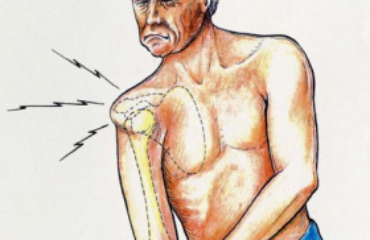How To Fix An Ankle Fracture
Falling awkwardly is often met with a cry of “I think I’ve broken my ankle!” – but how do you actually know you’ve broken it? And what treatment will you need if you have? Patients with an ankle fracture often experience a trauma (either falling on it awkwardly or being hit in the ankle). Typically they are unable to bear weight on the affected joint. There will also be pain and swelling when you touch the inside or outside bone of the ankle (known in medical jargon as the medial and lateral malleoli). Other features suggesting a broken ankle might include:
- A pop heard when falling
- A clear deformity of the bones of the ankle
- A clicking or crackling sound when the ankle is moved
- Pain in the leg
You are at an increased risk of fracturing your ankle if you have:
- Diseases like osteoporosis
- Have had multiple falls
- Have a fall that occurs at low speed – also known as a “low energy” fall
- Inverting the ankle during the injury
What Treatment Should I Expect For an Ankle Fracture?
At the emergency department, you should expect to have an X-ray of the ankle done if the doctor treating you believe it is fractured. This should definitely show you whether it is broken.
The treatment of an ankle fracture depends on what bone you have broken and how severely displaced it is. For an open fracture (that is the bone is visible) you will need emergency surgery and assessment by a vascular surgeon (who will assess the blood supply to your foot).
Some fractures of the ankle will not require surgery. For instance, if the medial malleolus is a fracture and it is not seen to be displayed on the X-ray then patients can expect to get a short leg cast fitted. For a lateral and medial malleolar fracture, the surgeon may decide between a cast or an operation to fix the bones in place to allow them to heal better (known as an internal fixation – this typically occurs when the bones are displaced and aren’t aligned correctly for optimal healing. For the lateral malleolar fracture, the surgeon uses something known as a bridge plate technique whilst the medial malleolar fracture typically has a buttress plate used). This cast is typically worn by the patient for 6 weeks – and they are often advised not to weight bare for the first few weeks.
In any case, it is essential that you get the best opinion and best treatment to get the best outcome. This is especially important if you rely on the ankle for sports or high-intensity activities. As such it is often best to go to a specialist center – of which there are many across the United States of America – that will provide the very best acute and long-term follow up treatment.



